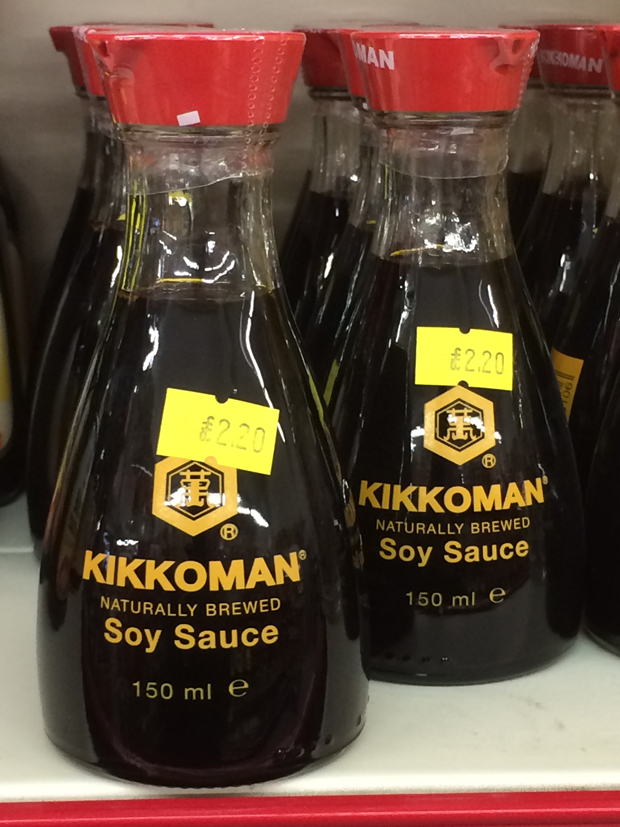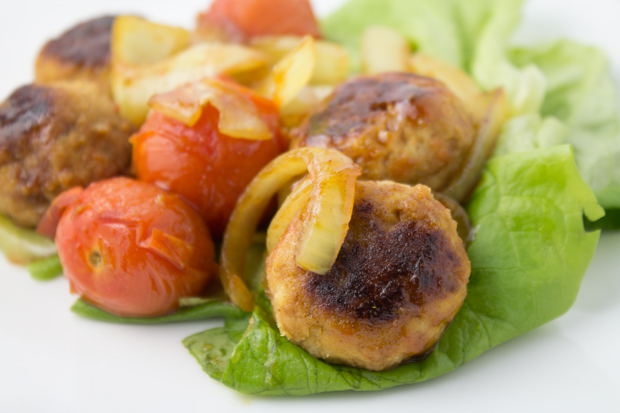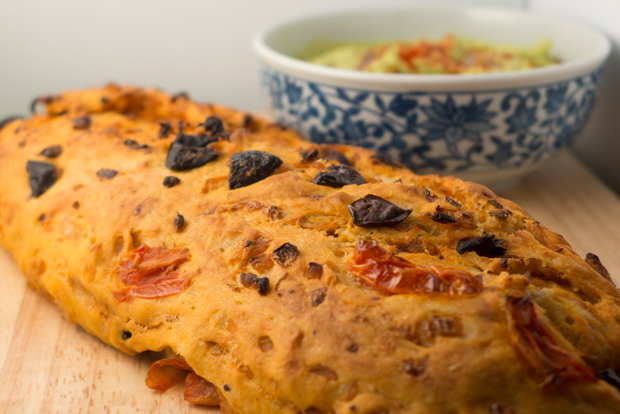posted by
Samar on
March 8, 2015

From Greek soulvaki to Malaysian satay, and Peruvian anticuchos to Japanese yakitori, there is hardly a country or cuisine that doesn’t have its favorite version of grilled meat on a stick. While this method of cooking was no doubt reinvented in different parts of the world, the oldest references to it are found in the Middle East and Mediterranean, hence the near universal use of the word “kebab“–derived from the Persian word “kabap” meaning “fry”–to describe this type of food. (Apparently, Medieval Persian soldiers used to grill meat speared on their swords over open fire.) No surprise then that Spain has its own version known as Pintxos Morunos, a reference to the Moors who colonized the Iberian Peninsula starting in the 700s. (Pintxo or pincho is the Spanish for spine.)
posted by
Samar on
March 1, 2015

If ever there was a universally-recognizable symbol of Japanese cuisine it is surely these cute soy sauce bottles found in sushi restaurants throughout the world. (And for that matter any restaurant serving East Asian food.) But I’d never really thought about them until I read this article in the New York Times on the recent death of Kenji Ekuan, an industrial designer who won the contract from Kikkoman for creating them in the 1950s. The bottles are famous not only for their graceful shape but also the clever dripless spout. Mr. Ekuan went on to design many other things, including some models of the sleek Shinkansen trains. But it is for the soy sauce bottles that he will always be remembered.
posted by
Samar on
February 22, 2015

It is a bit of a running joke in culinary circles that the Japanese can take any foreign food and change it beyond all recognition. Sometimes the results can be rather disconcerting, as happened to me at a restaurant in Tokyo claiming to specialize in Basque cuisine. The “arroz con setas” (rice with mushroom) was made with Japanese short grain rice and kinoko mushrooms and, for all I know, flavored with dashi! Ingenious, but a million miles from San Sebastian. More often though the results are both clever and extremely tasty, as with mentaiko pasta (明太子パスタ; spicy cod roe pasta) that famous fusion of Japanese and Italian. Similarly, Japanese “curry”–pronounced kare (カレー)–stands as one of the great culinary inventions of that country, on par in my opinion with instant ramen.
posted by
Samar on
February 1, 2015
This is one of those rare non-recipe posts. But I just wanted to share a couple of links I came across on fermentation, a topic I’ve become quite interested in lately. While fermentation, broadly the (intentional) transformation of food by microorganisms, is one of the oldest forms of preservation and at the heart of much commercial food production – think beer, miso, cheese, jamon, soy sauce, kimchi, yogurt and on and on – it is now rarely practiced at home except to make the occasional pickle.
posted by
Samar on
January 7, 2015

So much for New Year’s resolutions. Last year I promised I’d post more frequently. Alas, it didn’t happen. On the other hand, cooking-wise the past year has been busier than ever. Not only did I spend more time in the kitchen-even when away from home!-but also ventured into, for me, new territory: Spanish cuisine. While I’d been exposed to fairly good Spanish food in New York my trips to Spain last year were a revelation, and undoubtedly the culinary high point of the year. But while I’ll be writing more about my adventures with bacalao in the coming months I’d like to start the new year by visiting a different Mediterranean country: Italy. Today’s recipe, from Food & Wine Magazine, is a savory take on Ciabatta from Puglia in southeastern Italy. It is stuffed with tomatoes and olives and is easily one of the yummiest breads I’ve eaten, let alone baked!







